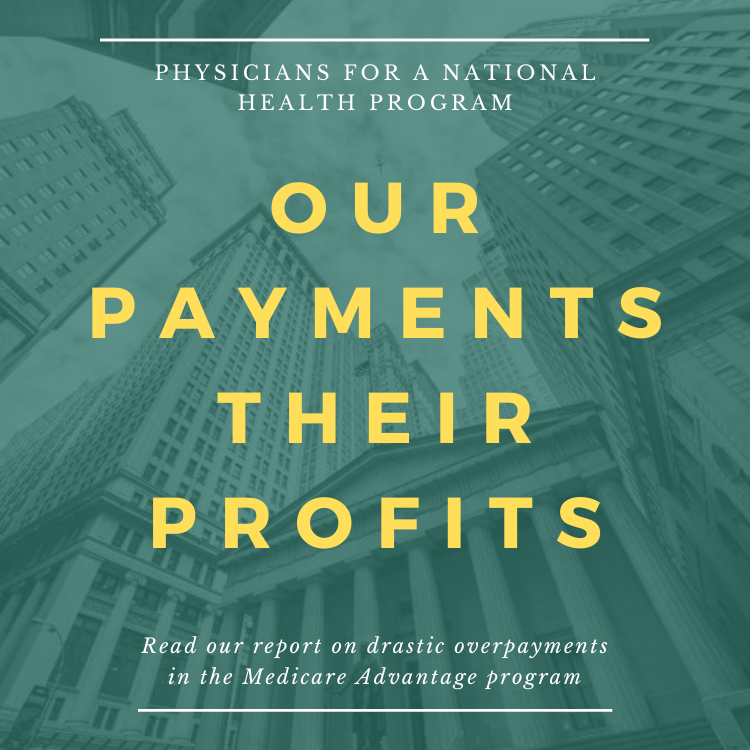Summary: A chief health officer and pediatrician at Indiana University speaks plain and powerful truth about growing insurance cost-sharing – it’s designed to reward insurers, to the health and financial detriment of the insured.
What’s Wrong With Health Insurance? Deductibles Are Ridiculous, for Starters, New York Times, July 7, 2022, by Aaron E. Carroll
More than 100 million Americans have medical debt, according to a recent Kaiser Health News-NPR investigation. And about a quarter of American adults with this debt owe more than $5,000.
The Affordable Care Act was supposed to improve access to health insurance, and it did. Unfortunately, it has not done enough to protect people from rising out-of-pocket expenses in the form of deductibles, co-pays and co-insurance.
This moral-hazard argument assumes that patients are rational consumers, and it assumes that cost-sharing in the form of deductibles and co-pays makes them better shoppers. Research shows this is not the case.
People are not smart shoppers or rational spenders when it comes to health care. When you make people pay more, they consume less care, even if it’s for lifesaving treatment.
The average deductible on a silver-level plan on the A.C.A. exchanges rose to $4,500 in 2021.
Those who receive insurance from their employers aren’t much better off than those who buy on the A.C.A. marketplaces. The average deductible for insurance offered by large companies in the United States was more than $1,200.
Those are only the deductibles. After they are paid, people must still cover co-pays and co-insurance until they hit the out-of-pocket maximums. The good news is that the A.C.A. limits these in plans sold in the exchanges. The bad news is that they’re astronomical: $8,700 for an individual and $17,400 for a family. A large majority of Americans don’t have that kind of money sitting in accounts, certainly not after paying an average of about $5,000 in premiums each year for a benchmark individual silver plan.
The purpose of insurance is to protect people from financial ruin if they face unexpected medical expenses. Reducing the amount that they need to pay from six figures to five is necessary, but not sufficient. It’s not enough to give people insurance.
Aaron E. Carroll is the chief health officer for and a distinguished professor of pediatrics at Indiana University.
Comment:
By Don McCanne, M.D.
For many decades we’ve recognized we have a very serious problem. We have a very expensive health care system which exposes far too many to significant medical debt because our fragmented, dysfunctional health insurance system has been inadequate to provide the financial protection that patients need.
It seems obvious that we need to provide as a solution a system that provides health care access to the patient – all patients – without exposing them to medical debt. But instead of looking for a solution that takes care of the problems of patients, we have been looking for solutions that take care of the problems of the insurer.
Thus we have perpetuated the moral-hazard argument: make the patient feel the financial pain of the health care they are about to consume so that costs to the insurer will be reduced by eliminating superfluous care. Well, we know what that does: it results in skipped necessary care and impaired health outcomes, even death, and it results in medical debt because of the direct charges the insurer passes on to the patient – both the opposite of what a health care financing system should be achieving.
Dr. Carroll’s proposed solutions would modify current health care financing, e.g., by offering better insurance for the chronically ill and reference pricing for drugs and procedures. His solutions are piecemeal, subject to gaming, and inadequate.
Suppose all of these decades we had been looking for solutions that took care of our target –patients – rather than a marketplace intermediary – insurers, what would these solutions look like? Well, they would provide health care access to absolutely everyone without burdening them with medical debt. Instead of reducing spending by erecting financial barriers to patient care, we would reduce spending by eliminating this very expensive, administratively complex insurance industry and its investors.
For decades we’ve known that a publicly administered single payer system is what we clearly need, yet we have continued to privatize even our existing public programs such as Medicare and Medicaid to the benefit of private equity rather than to the benefit of patients.
So why do we keep electing legislators and an administration that take care of the superfluous, dysfunctional, egregiously wasteful insurance industry when we want them instead to take care of the health care needs of the people?
http://healthjusticemonitor.org…
Stay informed! Subscribe to the McCanne Health Justice Monitor to receive regular policy updates via email, and be sure to follow them on Twitter @HealthJustMon.
